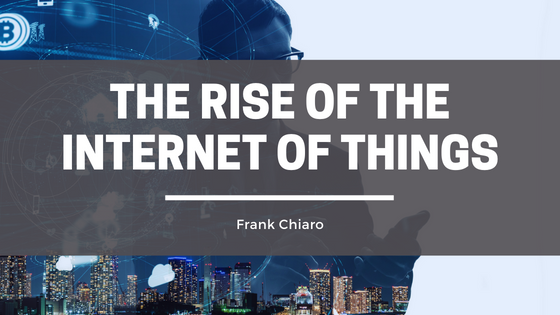The Internet of Things (IoT) is a network of connected devices that exchange data and work together to achieve common goals. With the rise of technology, more devices are becoming connected to the internet, creating an ecosystem of smart devices that are changing how people interact. The IoT is transforming the way people live, work, and play, and it is quickly becoming one of the most significant technological advancements of the 21st century.
The IoT has been around for a few years, but it is rapidly gaining momentum. According to research by Gartner, there were over 8 billion connected devices in use in 2020, which is expected to reach 20 billion by 2025. This increase is being driven by the development of new technologies such as 5G networks, cloud computing, and artificial intelligence (AI). These technologies are making it easier and more affordable for manufacturers to produce connected devices, which in turn is making it easier for consumers to adopt them.
One of the areas where the IoT has a significant impact is in the home. Smart devices such as thermostats, lights, and security systems are becoming increasingly popular, and they are helping homeowners to save money on their energy bills while also making their homes more secure. These devices can be controlled remotely, meaning that homeowners can monitor their homes from anywhere in the world and receive alerts if anything unusual is detected.
The IoT is also having a significant impact on the way that businesses operate. Smart sensors and devices are being used to monitor everything from inventory levels to the condition of machinery, and this data is being used to optimize operations and improve efficiency. For example, retailers are using IoT sensors to monitor foot traffic in their stores, and this data is being used to improve store layouts and optimize staffing levels.
The healthcare industry is also benefiting from the IoT. Connected devices such as wearables and smart sensors are helping doctors and nurses to monitor patients remotely, improving patient outcomes and reducing healthcare costs. For example, patients with chronic conditions can be monitored in real time, and doctors can be alerted if any issues arise.
The rise of the IoT is transforming how people live their lives. With billions of connected devices in use, the IoT is creating a world where everything is connected, and data is being exchanged in real time. This is leading to improvements in efficiency, productivity, and quality of life, opening up new opportunities for innovation and growth. As the IoT continues to evolve, expect to see even more exciting developments in the years to come.
